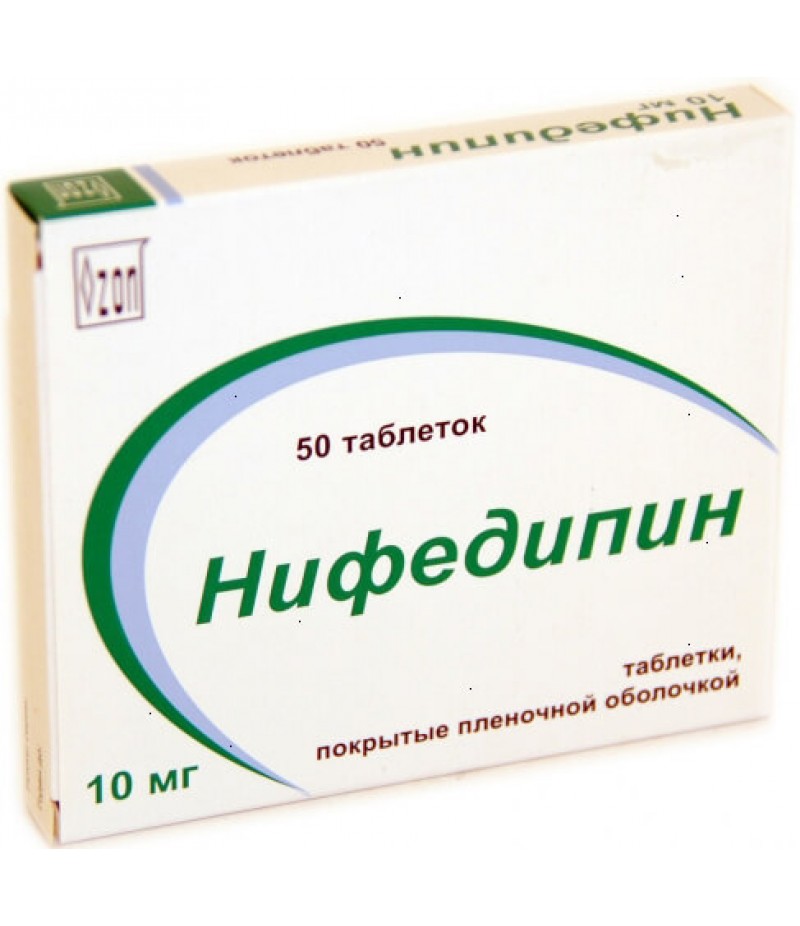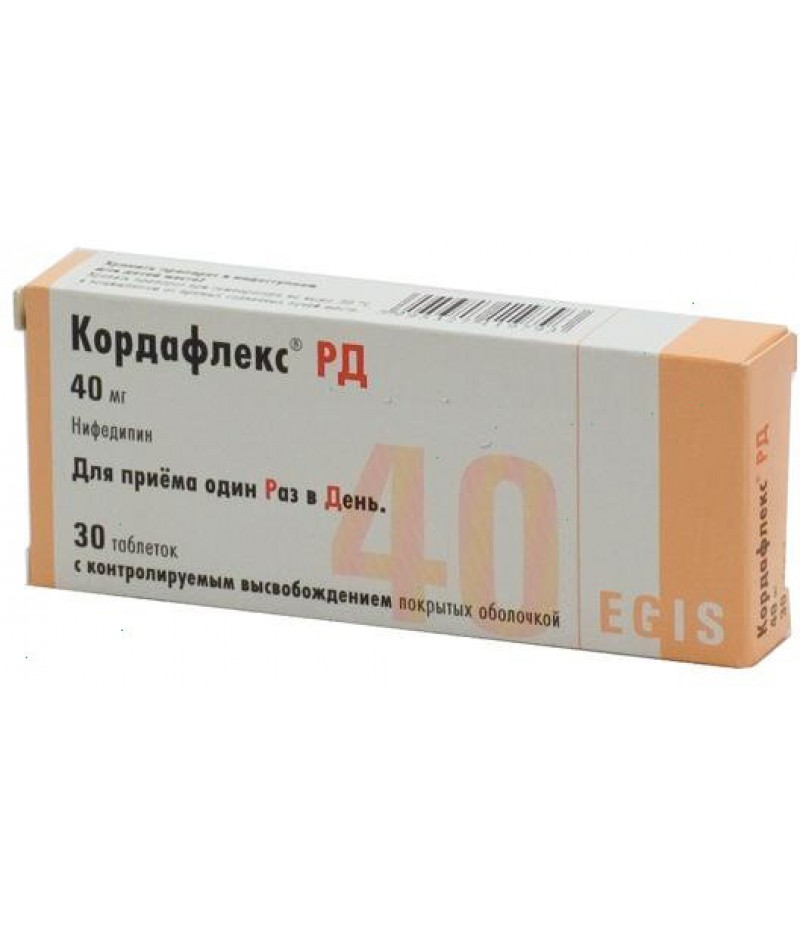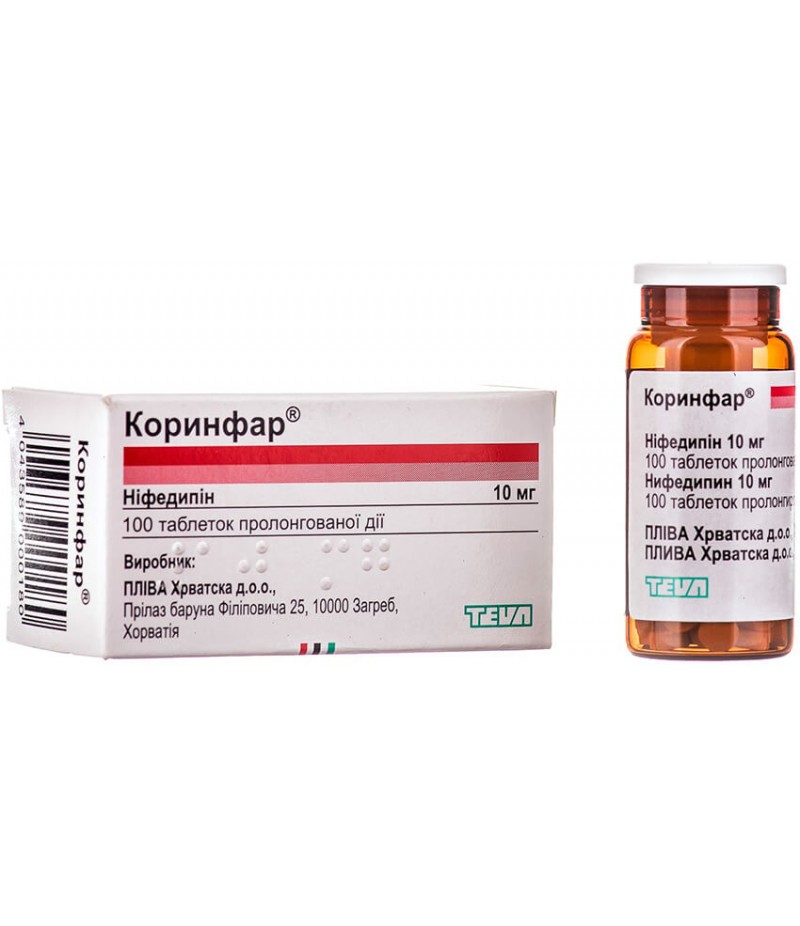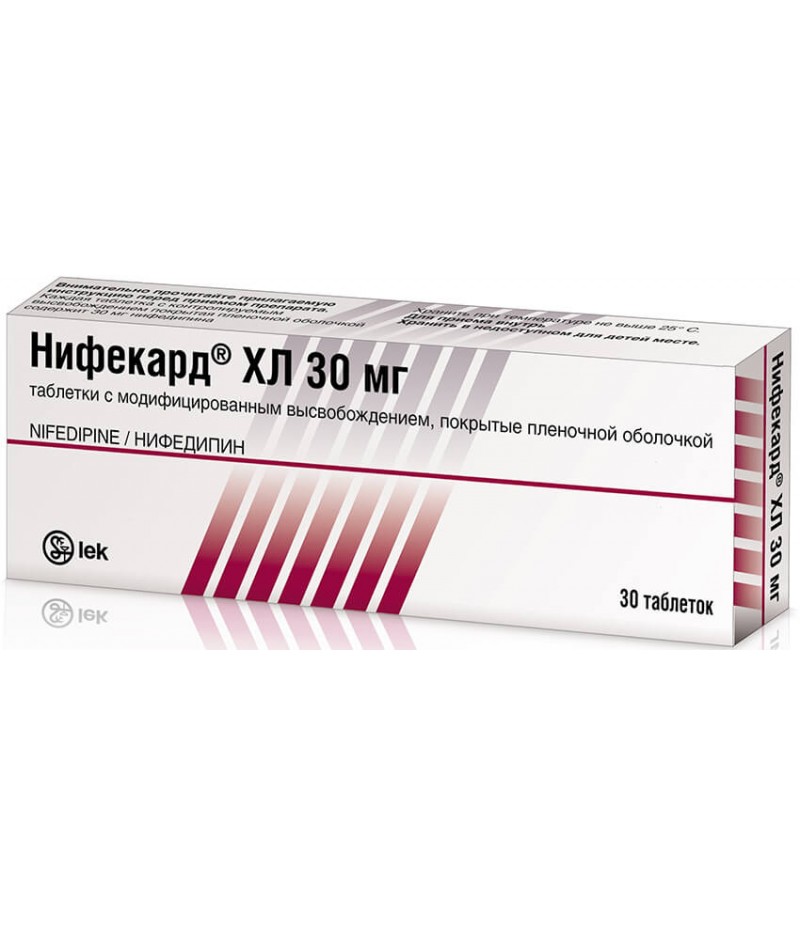Nifedipine tabs 10mg #50
- $2.78
- 3 or more $2.75
- 5 or more $2.73
- Availability:In Stock
Nifedipine instruction for useReed more and buy Nifedipine hereRelease form and compositionThe drug Nifedipine is available in tablet dosage form, coated for oral administration (oral administration). They have a round shape, smoo..
Tags: tabs
Nifedipine instruction for use
Reed more and buy Nifedipine here
Release form and composition
The drug Nifedipine is available in tablet dosage form, coated for oral administration (oral administration). They have a round shape, smooth surface and yellow color. The main active ingredient of the drug is nifedipine, its content in one tablet is 10 mg. It also includes auxiliary components, which include:
Microcrystalline cellulose.
Wheat starch.
Talc.
Gelatin.
Lactose.
Glycerol
Arlacel
Colloidal silicon dioxide.
Povidone K30.
Isopropanol
Nifedipine tablets are packaged in a blister of 10 pieces. The carton pack contains 5 blisters (50 tablets) and instructions for use of the drug.
pharmachologic effect
The active ingredient of the tablets Nifedipine is a chemical derivative of 1,4-dihydropyridine. It selectively (selectively) blocks the functional activity of the slow calcium channels of the cytoplasmic membrane of cells. Due to this blocking, the entry of calcium ions into the interior of cardiomyocytes (heart muscle cells), smooth muscle cells of the coronary walls (heart arteries) and peripheral arterial vessels is reduced. The decrease in the concentration of calcium ions inside the cells leads to the expansion of the lumen of the arterial and coronary vessels, thereby reducing the level of systemic arterial pressure, peripheral vascular resistance to blood flow, increasing the intensity of blood circulation in the heart. Also, the drug increases blood flow in the kidneys.
After taking the pill Nifedipine inside the active ingredient quickly enough and almost completely absorbed into the systemic circulation from the lumen of the small intestine. After a meal, the bioavailability of nifedipine increases. It is evenly distributed in the tissues of the body, well penetrates through the blood-brain barrier into the central nervous system, into the fetus through the placental barrier during pregnancy, and is excreted in breast milk during breastfeeding. The active ingredient of the drug is metabolized in the liver to form inactive decay products that are excreted in the urine. The half-life (elimination time half of the entire dose of the drug) is 24 hours. Nifedipine does not accumulate and does not accumulate in the body.
Indications for use
Taking Nifedipine tablets is indicated in the complex therapy of various pathologies of the cardiovascular system, in particular ischemic heart disease (insufficient oxygen and nutrients in the myocardium) and arterial hypertension, in which the drug can be used as monotherapy.
Contraindications for Nifedipine
Taking tablets Nifedipine is contraindicated in a number of pathological and physiological conditions of the body, which include:
Hypersensitivity to nifedipine or auxiliary components of the drug.
Acute myocardial infarction (death of a portion of the heart muscle due to acute circulatory disorders in it) for 4 weeks.
Cardiogenic shock - acute and severe insufficiency of the pumping function of the heart, accompanied by vascular collapse.
Hypotension - a decrease in the level of systemic arterial pressure, at which the systolic blood pressure is less than 90 mm Hg. Art.
Sick sinus syndrome - functional failure of the atrial pacemaker.
Severe heart failure in the stage of decompensation.
Stenosis (narrowing) of the mitral or aortic valve of the heart.
Idiopathic hypertrophic subaortic stenosis, in which the cause of the narrowing remains unclear.
Pronounced increase in heart contractions (tachycardia).
Children's age up to 18 years.
Pregnancy at any time of its course, breastfeeding.
Nifedipine tablets are used with caution in chronic heart failure, marked reduction in the functional activity of the liver and kidneys, severe circulatory disorders in the brain, diabetes mellitus, especially at the stage of decompensation, and malignant arterial hypertension. Also, with extreme caution, the drug is used in persons on hemodialysis (hardware cleansing of the blood) due to the high risk of severe arterial hypotension. Before starting the use of nifedipine tablets, you should make sure that there are no contraindications.
Dosage and administration
Nifedipine tablets are taken orally after meals. They are not chewed and washed down with a sufficient amount of water. The dosage and regimen of the drug are set by the doctor individually, depending on the severity of the pathological process and therapeutic efficacy. The initial dose is 10 mg once a day. If necessary, and the absence of a therapeutic effect, it rises to 20 mg 1-2 times a day. The maximum daily dose of nifedipine tablets should not exceed 40 mg. For the elderly, as well as for patients with a concomitant decrease in the functional activity of the liver or kidneys, a decrease in the therapeutic dose is required.
Side effects
While taking nifedipine tablets, negative reactions may develop from various organs and systems, which include:
The digestive system - constipation, nausea, vomiting, gingival hyperplasia (an increase in tissue volume), a violation of the functional activity of the liver, accompanied by cholestasis (stagnation of bile in the cavity structures of the hepatobiliary system) and increased activity of liver enzymes of transaminases (ALT, AST), which indicates damage liver cells.
Central nervous system - headache, drowsiness, fatigue, the use of the drug in high doses can lead to the development of paresthesia (impaired skin sensitivity) and tremor (trembling) of the extremities, changes in visual perception.
Cardiovascular system - tachycardia, development of peripheral edema of tissues (swelling of ankles, feet, legs), hyperemia (redness) of the skin of the face with the appearance of a feeling of heat, a significant reduction in blood pressure, angina attacks (severe squeezing pain in the region of the heart).
The urinary system - an increase in daily urine output (volume of urine excreted from the body during the day), a decrease in the functional activity of the kidneys, especially in patients with concomitant diabetes mellitus.
Blood and red bone marrow - reducing the number of red blood cells (anemia), platelets (thrombocytopenia) and leukocytes (leukopenia).
Musculoskeletal system - reactive arthritis (inflammation of the joints), myalgia (muscle pain).
Allergic reactions - rash and itching of the skin, urticaria (characteristic changes on the skin that resemble a nettle burn), autoimmune hepatitis (damage to the liver cells by the body's own antibodies).
If side effects occur, the question of drug withdrawal is decided by the attending physician, depending on their nature and intensity.
special instructions
Before you start taking nifedipine tablets, you should carefully read the instructions for the drug, there are several special instructions regarding the use of the drug, which include:
Alcohol intake is excluded during drug use.
The abolition of tablets Nifedipine is carried out gradually, over a certain period of time the dosage is reduced, after which the drug is stopped. This is necessary to prevent the development of withdrawal syndrome.
The drug can interact with drugs of other pharmacological groups, therefore, their use should consult with your doctor.
While taking the drug, the occupation of potentially hazardous activities that require sufficient concentration of attention and speed of psychomotor reactions is excluded.
In the pharmacy network tablets Nifedipine released by prescription. Their independent use without appropriate medical prescriptions is not recommended.
Overdose
When the recommended therapeutic dose of tablets is exceeded, Nifedipine develops facial hyperemia, headache, bradycardia (reduction in the rate of heart contractions), a pronounced decrease in blood pressure. Treatment of overdose consists in washing the stomach, intestines, taking intestinal sorbents (activated carbon). In the conditions of a medical hospital, therapy is carried out aimed at stabilizing the indicators of the functional activity of the cardiovascular system, as well as the introduction of an antidote, which is calcium chloride or gluconate. With a significant reduction in systemic blood pressure, dopamine is used.
Terms and conditions of storage
The shelf life of tablets Nifedipine is 3 years from the date of their manufacture. The drug should be stored in its original packaging, in a dark, dry, out of the reach of children place at an air temperature not higher than + 25 ° C.
Terms of sell
You can buy Nifedipine without a prescription.




